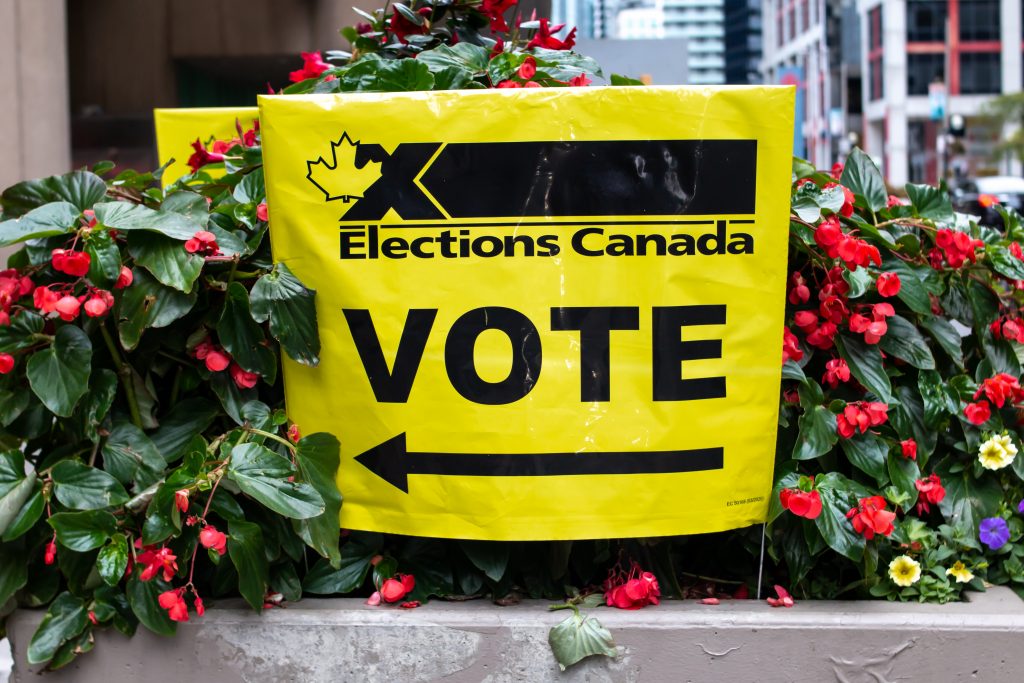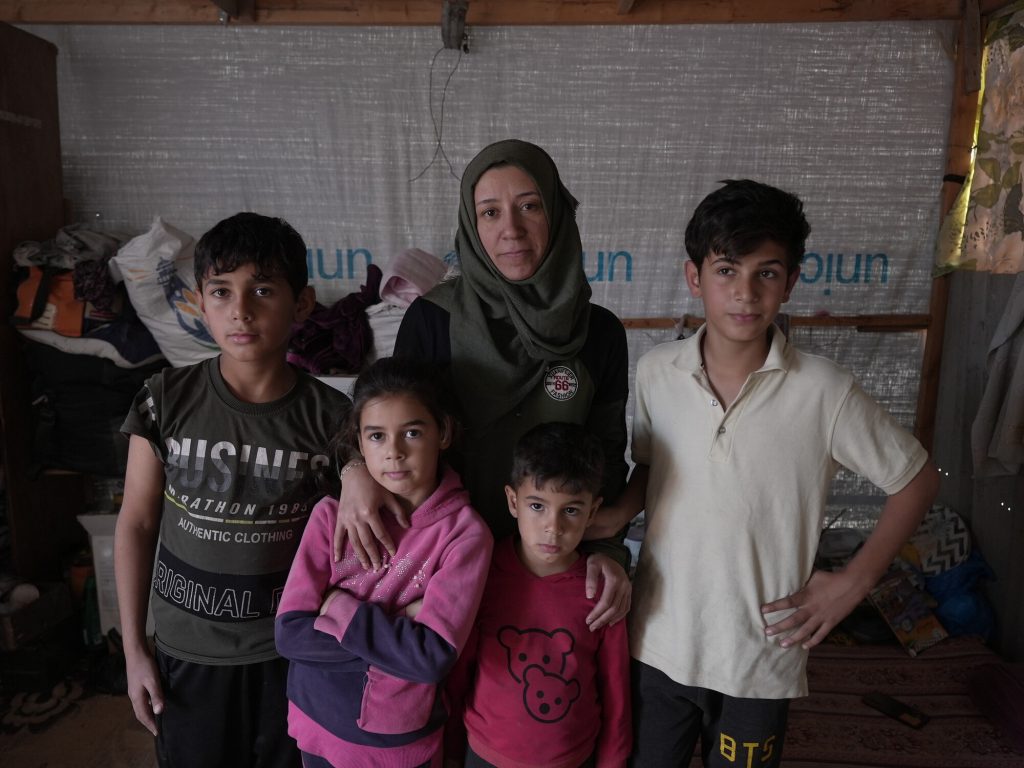The Women Behind The Pictures
When it comes to knock-knock jokes, I’m not well versed. But I’m definitely someone who likes to have a chuckle - and apparently, I am also someone who still uses the word chuckles in 2024.
As a photographer and interviewer, sharing a laugh is one of the most precious tools in my arsenal. It's exactly what I was doing last fall. I was in Chalantika, a slum area in Dhaka, Bangladesh interviewing a group of domestic workers. They were taking part in our Securing Rights project. We had spent the last hour and a half inside one of their homes, chatting about their work, their families and their fight for their rights. Now was the time to take their portraits.
Even if you’ve never visited Bangladesh, you can surely imagine one thing – it’s hot. And humid. Is it ever humid.
“What, is there something on my nose?” I cheekily ask Jahan as sweat ran down my face and fogged my camera viewfinder. Jahan is one of the domestic workers I interviewed. She burst out laughing and handed me a tissue.
Little moments like these don’t often make it to the web stories or brochures you see about our work. Audiences see photos from an NGO like Oxfam and will maybe read a short caption or click on the link. Then, they move on with their day. But in our photos are real people. They have real stories and families. And, yes, real laughs (maybe pointed at their sweaty photographer).
A camera can create closeness with its subject for the photographer and, I hope, the viewer. But it can also create distance. This International Women’s Month, my hope is to shine a light on some of the women we’ve collaborated with on stories. They are the backbone of our work. They are the women behind the pictures.
The Advocate
One of my favourite interviews was with Penelope Sanyu. She is the founder and CEO of Femme Forte Uganda, one of nine partners in our Global Affairs-funded Stand Up for SRHR project running in Uganda, Mozambique, and Canada. Penelope is one of many dedicated women and men who lead partner organizations that Oxfam supports.
This was my first interview and photo shoot after returning from parental leave and following a long stretch of conducting interviews remotely due to that pandemic that shall remain unnamed. As I set up her microphone in our Ottawa office, it wasn’t long until we started talking about her take on our unforgivingly cold winter and eventually, motherhood.
As written in the final piece, she reflected on the founding of Femme Forte. She compared it to birthing a child.
Was labour difficult? I asked. "Labour is always difficult!" she laughed with an all too knowing smile.
I love the pictures that came out of our photoshoot. One image is special. It shows Penelope looking out a window. A reflection at the bottom of the frame shows another side of her face. For a woman who’s worn so many hats – lawyer, founder, YouTuber, activist – the effect feels fitting.
The Storyteller
Sometimes scrolling through our archives takes me back to the women behind the lenses, rather than behind the pictures.
I kept hearing about Denvie Balidoy in different conversations. She was my counterpart at Oxfam Philippines and we were planning to travel to the region to visit the Sexual Health Empowerment project, also known as SHE. Denvie’s name was a mainstay in our content archives as she was often first on scene, camera in hand, covering Oxfam’s long-term projects or humanitarian responses like the earthquake in Mindanao last December. “You’ll see, you two will get along, I’m sure of it!” my colleague Alex told me.
What Alex didn’t tell me is that I’d meet my long-lost twin. We had the same messy bun, glasses, and awkward photographer stance. We even had the same wedding anniversary!
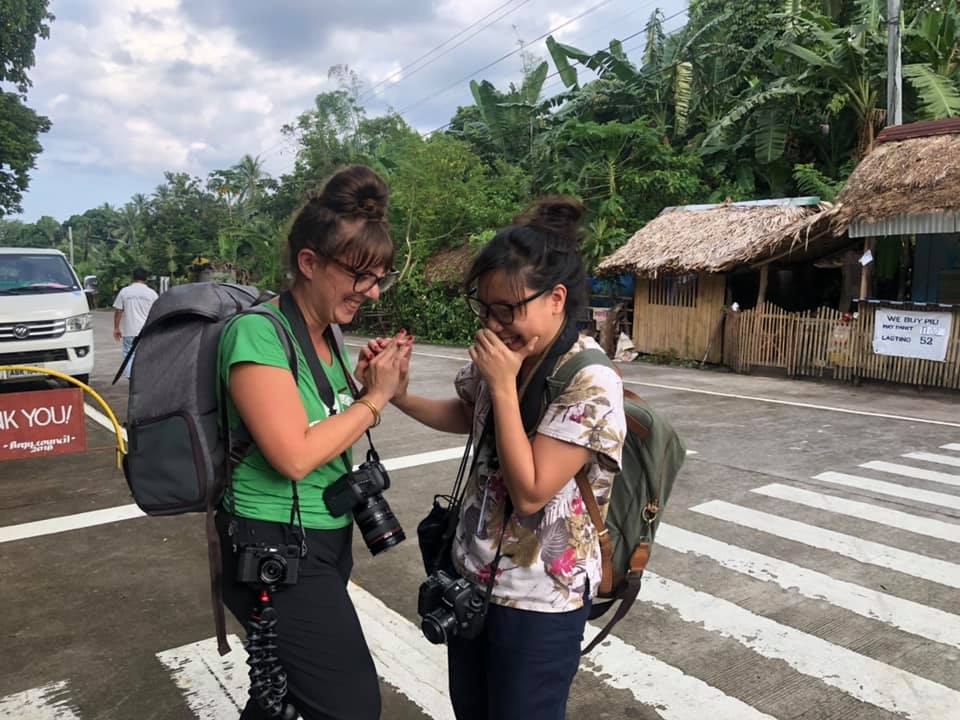
Eerie resemblances aside, it was clear to me that Denvie embodied the many hardworking humanitarian storytellers out there. She was able to have a laugh between photoshoots but when the time came for work, there was no kidding around. Together, we worked on stories about young women and gender-diverse people standing up for their sexual and reproductive health and rights. Her passion for our work and Oxfam's values was evident with every interviewee we met. It’s communicators like Denvie who bring Oxfam's people and work to life. It was a privilege to work by her side.
The Women of Cahalantika
Back in the slum area of Chalantika, I was inside a tin-roofed home jotting down notes. A fluorescent light shone over my notebook. This was a riveting conversation with a group of domestic workers and my pen couldn’t keep up. The women were sharing difficult stories of economic injustices and abuse. But they also proudly affirmed how much progress they had made since the start of the Securing Rights project.
“We used to hide our faces in shame when we worked at our employers’ homes. Now, we walk proudly. We’re confident in ourselves and we walk with our heads held high,” said Jahan.
In spite of their daily challenges, this particular group of women was one of the most animated I’ve ever met on assignment. They spoke loudly, interrupted each other and kept cracking jokes. When came the time to head outside and take photos, the giggles continued. Despite the constant foot traffic inside the slum’s alleys, this group of women enjoyed posing for the camera. “Hollywood!” they cheered during each other’s individual photoshoots. That afternoon in Chalantika will stay with me for a long time.
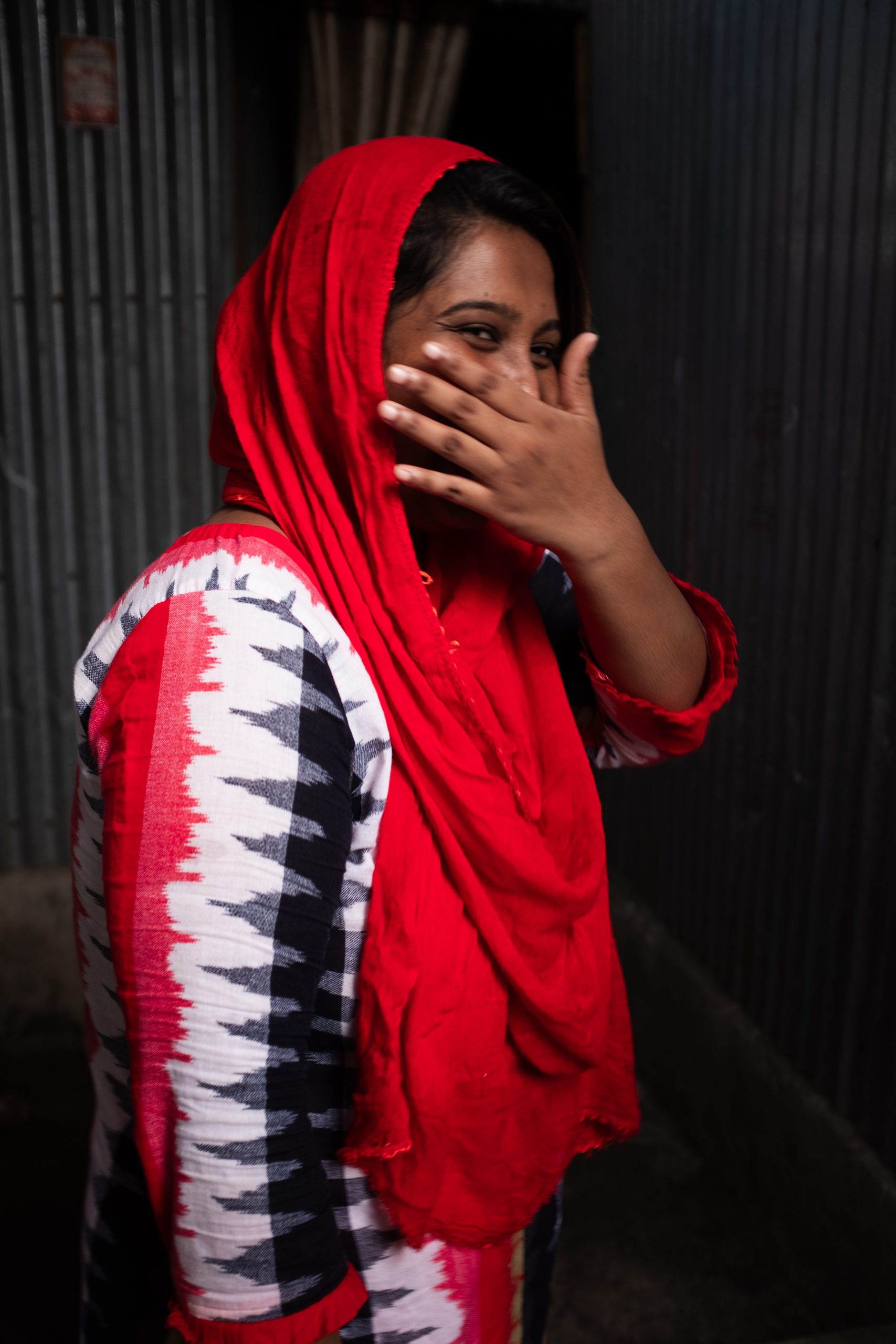
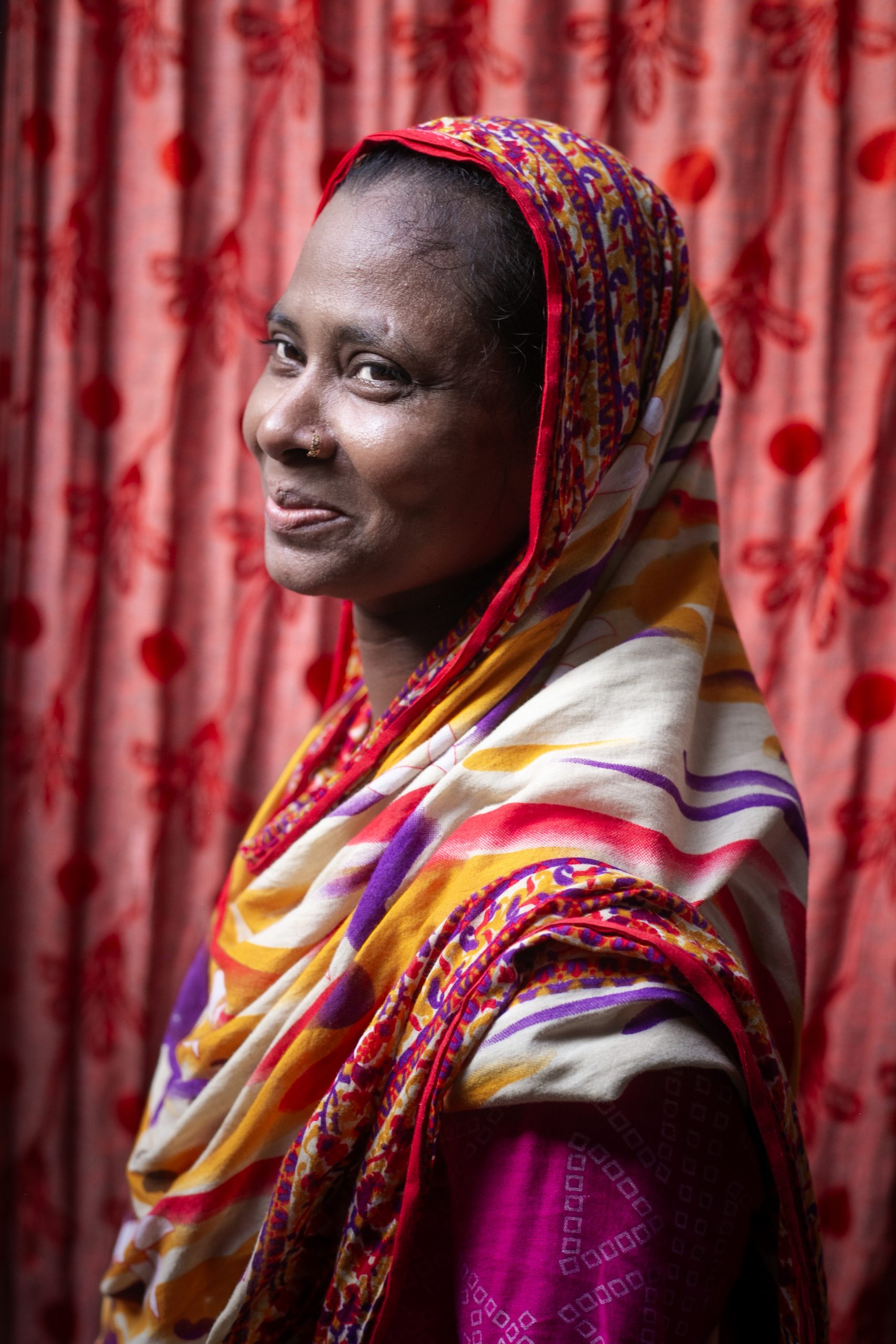
Despite their daily challenges, this particular group of women was among the most animated I’ve ever met on assignment. They spoke loudly, interrupted each other, and kept cracking jokes. When it came time to head outside and take photos, the giggles continued. Despite the constant foot traffic inside the slum’s alleys, this group of women enjoyed posing for the camera. “Hollywood!” they cheered during each other’s photoshoots. That afternoon in Chalantika will stay with me for a long time.
Storytelling for Change
Rohini Mohan is a journalist who, in 2020, contributed to “Narrative Power and Collective Action: Conversations with people working to change narratives for social good”, a book co-authored by Oxfam and On Think Tanks. She said the following on storytelling:
Facts are powerful and in short supply, so we need to hold on to them. But it’s not enough to “give the facts” when telling a story. The context, the imagery, the choice of words and stories, all determine the emotional appeal of those facts. It determines the extent of its impact and power.
Rohini’s words really resonate with me. This is why I choose to tell a story through the scribble on a notepad and the click of a camera. Photos and the stories behind them help us shape our view of the world and the people within it. And that is powerful.
My hope is that through these stories, people will foster a connection with the women behind the pictures and get inspired to act, to campaign and to support our work. And who knows, maybe they’ll get a chuckle too.
Caroline Leal has been with Oxfam for 5+ years and is a Content and Creative Specialist.
